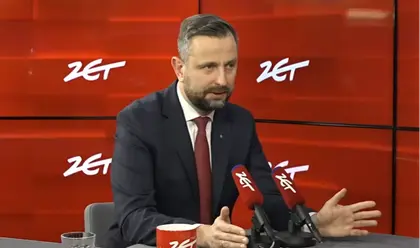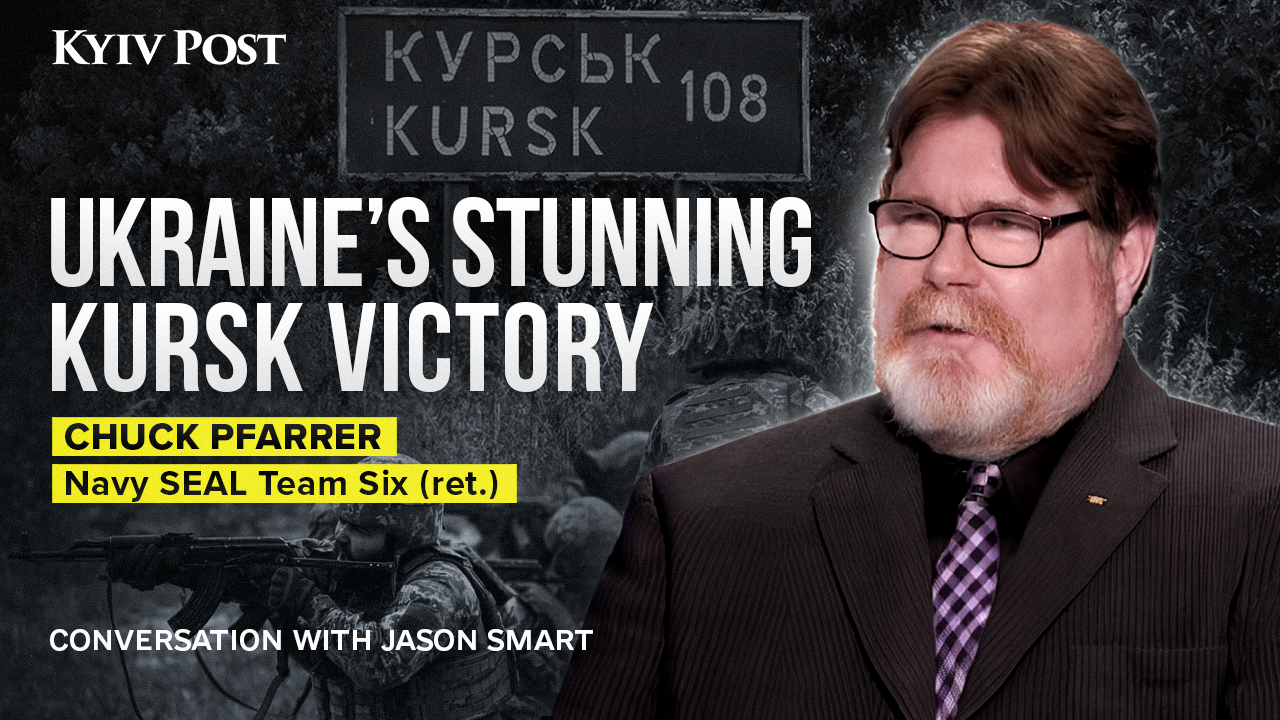Warsaw’s Minister of National Defense, Władysław Kosiniak-Kamysz, said his government was working on plans to strengthen its defenses on the borders with Belarus and Russia, in an interview on Poland’s Radio ZET on Thursday, May 9.
When asked by the station’s Bogdan Rymanowski if Poland should start building bunkers, ditches and trenches on the border with Belarus and Russia [Kaliningrad], the minister replied that Warsaw has plans underway already.
JOIN US ON TELEGRAM
Follow our coverage of the war on the @Kyivpost_official.
Kosiniak-Kamysz said that funds have been allocated and work has begun on “repairing and strengthening the barrier on the Polish-Belarusian borders. The expenditure for these purposes is considered the highest in [Polish] history.”
A physical barrier was first put in place when Belarus and Russia began to orchestrate a huge wave of illegal migration which Warsaw assessed as being an effort to destabilize Ukraine’s allies, Poland and the European Union. The metal barrier was completed last year and, while it has reduced the numbers of illegal crossings it has not totally halted.
Kosiniak-Kamysz went on to say that the increased presence of NATO troops stationed on Polish soil since Russia’s full-scale invasion of Ukraine has undoubtedly tightened security on the eastern frontier of NATO and the European Union.
He believed, however, that Poland should consider building a line of defensive bunkers, trenches and ditches along its borders with Belarus and Russia’s exclave of Kaliningrad, a process that the Baltic states have already begun.

What Happened in Ukraine This Week? Test Your Knowledge
In January this year Hanno Pevkur, the Minister of Defense of Estonia announced the three Baltic nations had agreed to build a defensive line consisting of a series of interlinked bunkers on their eastern borders to defend against a future military attack from Russia and Belarus.
He said that Russia’s invasion of Ukraine had demonstrated the need for “physical defensive installations on the border” as well as increased levels of equipment, ammunition, and manpower.
He said Estonia would build around 600 concrete bunkers linked with distribution lines at a cost of more than €60 million ($65 million) as part of the "Baltic Line of Defense" to include: anti-tank mines, ditches, barbed wire, and dragon’s teeth anti-tank obstacles with construction planned to start in January 2025.
A number of spokespersons from NATO and the EU including the chairman of the NATO military committee, Admiral Rob Bauer, said the likelihood of war with Russia had increased and all nations should prepare for that eventuality.
Russian President Vladimir Putin dismissed accusations that Russia planned to attack Europe, calling such claims “nonsense” in a speech to Russia’s Federal Assembly in February. Nevertheless, after Putin’s actions in Ukraine over the last decade, neither Poland nor any other member of NATO accepts the veracity of such statements.
You can also highlight the text and press Ctrl + Enter










